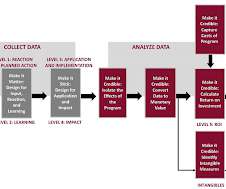A Day in the Life of a Learning Objective
CLO Magazine
OCTOBER 5, 2016
Learning and development is a process not an event, and the one constant aspect of this scientific process is the learning objective. It’s at the center of the instructional systems design process, which is a core part of the way learning practitioners create courses. The Target. The Journey.












































Let's personalize your content